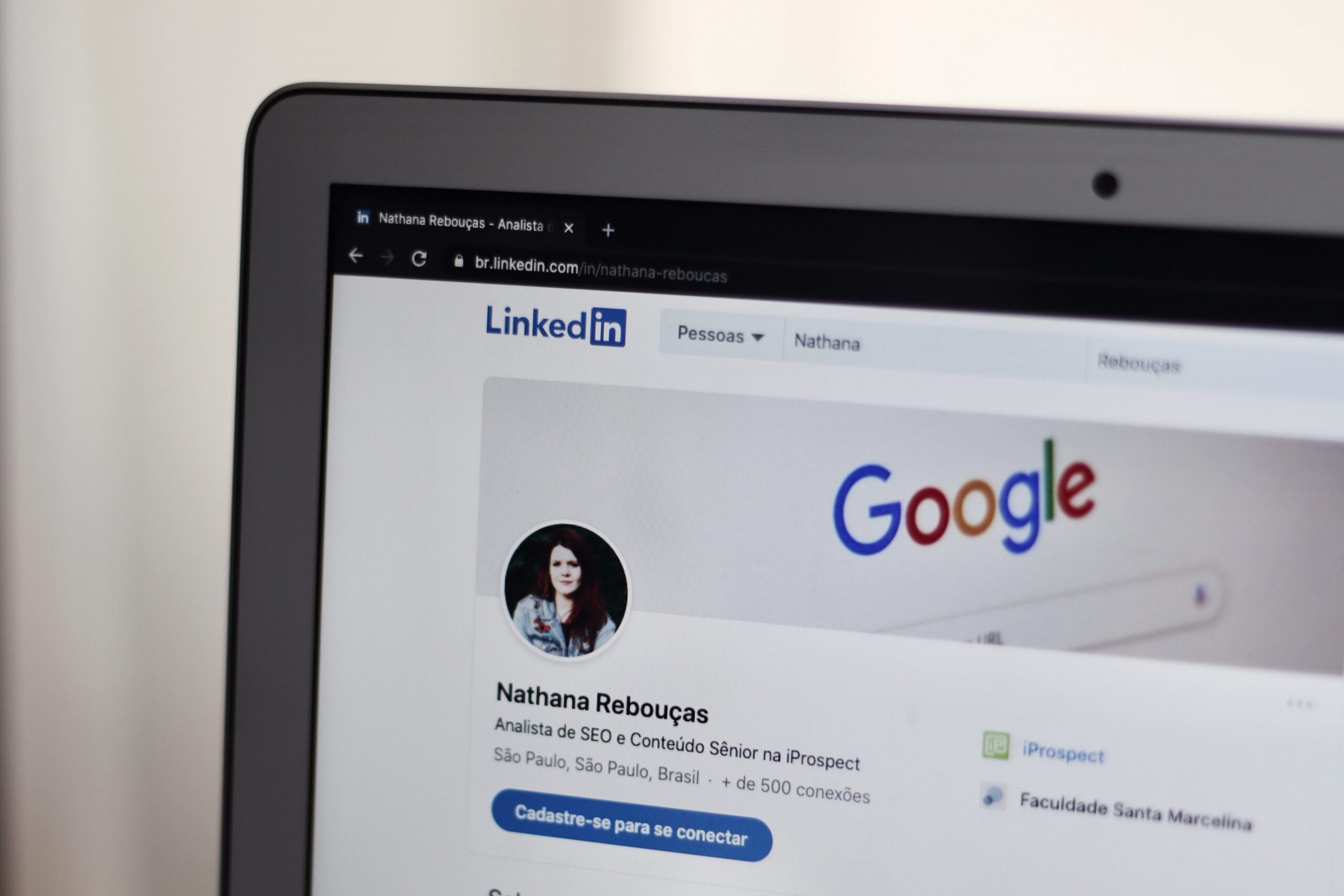Building a strong LinkedIn profile requires several key elements, including a professional headline, a compelling summary, an up-to-date work experience section, relevant skills, recommendations, and a professional profile photo. Here are some tips to help you build a strong LinkedIn profile:
1) Professional Headline
Your professional headline is one of the first things people will see when they visit your LinkedIn profile, so it’s important to make it count. Your headline should be brief and catchy, but also accurately represent your current role and career aspirations. For example, if you’re a digital marketer, your headline might read “Digital Marketing Specialist | SEO & PPC Expert | Helping businesses increase their online presence.”
2) Compelling Summary
Your LinkedIn summary is your opportunity to tell your story and showcase your personality and passion for your work. It should be concise, but also highlight your key achievements, skills, and experiences. Try to avoid using generic statements and instead focus on what makes you unique and why you’re passionate about your work.
3) Work Experience
Your work experience section is where you can showcase your professional background and accomplishments. Make sure to list your previous roles, responsibilities, and achievements, and use bullet points to make it easy to read. Use action verbs to describe your accomplishments, and quantify them wherever possible. For example, instead of saying “Managed social media accounts,” you could say “Increased Instagram engagement by 30% through targeted campaigns and content.”
4) Relevant Skills
The skills section of your LinkedIn profile is where you can highlight your areas of expertise. Make sure to list the skills that are relevant to your industry and career goals, and prioritize those that you excel in. You can also endorse your connections for their skills, which can encourage them to endorse you in return.
5) Good Recommendations
Recommendations are a powerful way to build credibility and demonstrate your skills and achievements. Don’t be afraid to ask colleagues, managers, and other professionals for recommendations, and be sure to write recommendations for others as well. Make sure to personalize your requests and highlight specific skills or achievements you’d like them to address in their recommendation.
6) Professional Profile Photo
Your LinkedIn profile photo is an important element of your profile and can help make a strong first impression. Choose a high-quality headshot that is professional and in line with your industry. Dress appropriately, smile, and look directly at the camera. Avoid using selfies, group photos, or photos with distracting backgrounds. Keep in mind that your profile photo is often the first thing people will see when they visit your profile, so it’s important to make it count.
7) Engagement
LinkedIn is a social network, so it’s important to engage with others and build relationships. Engage with your network by commenting on and sharing posts related to your industry, and join relevant groups to connect with others in your field. You can also create your own content and share it on LinkedIn to establish yourself as a thought leader in your industry. Make sure to be respectful and professional in all of your interactions on the platform, and avoid controversial or sensitive topics that may be divisive. By engaging with others and building relationships on LinkedIn, you can expand your network and increase your visibility on the platform.
8) Customize your URL
Customizing your LinkedIn URL can make your profile look more professional and easier to share. You can easily customize your LinkedIn URL by clicking on your profile picture and selecting “Edit public profile & URL.”
9) Highlight your achievements
In addition to listing your work experience, make sure to highlight your achievements in each role. Use specific numbers and metrics to demonstrate the impact you’ve had in your previous roles.
10) Use keywords
Including relevant keywords in your LinkedIn profile can help you appear in search results and attract the attention of recruiters and potential employers. Make sure to include keywords related to your skills, industry, and job title.
11) Keep your profile up-to-date
Make sure to keep your LinkedIn profile up-to-date with your current work experience, skills, and achievements. Regularly updating your profile can help you stay relevant and visible on the platform.
12) Network and engage with others
LinkedIn is a social network, so it’s important to engage with others and build relationships. Comment on and share posts related to your industry, join relevant groups, and connect with others in your field.
In conclusion, building a strong LinkedIn profile can help you showcase your professional brand, expand your network, and connect with potential employers and colleagues. By customizing your URL, highlighting your achievements, using keywords, keeping your profile up-to-date, networking and engaging with others, choosing a professional profile photo, and creating engaging content, you can create a strong and compelling LinkedIn profile that will help you achieve your career goals. Remember, LinkedIn is a social network, so be sure to engage with others and build relationships to maximize your visibility and opportunities on the platform.




